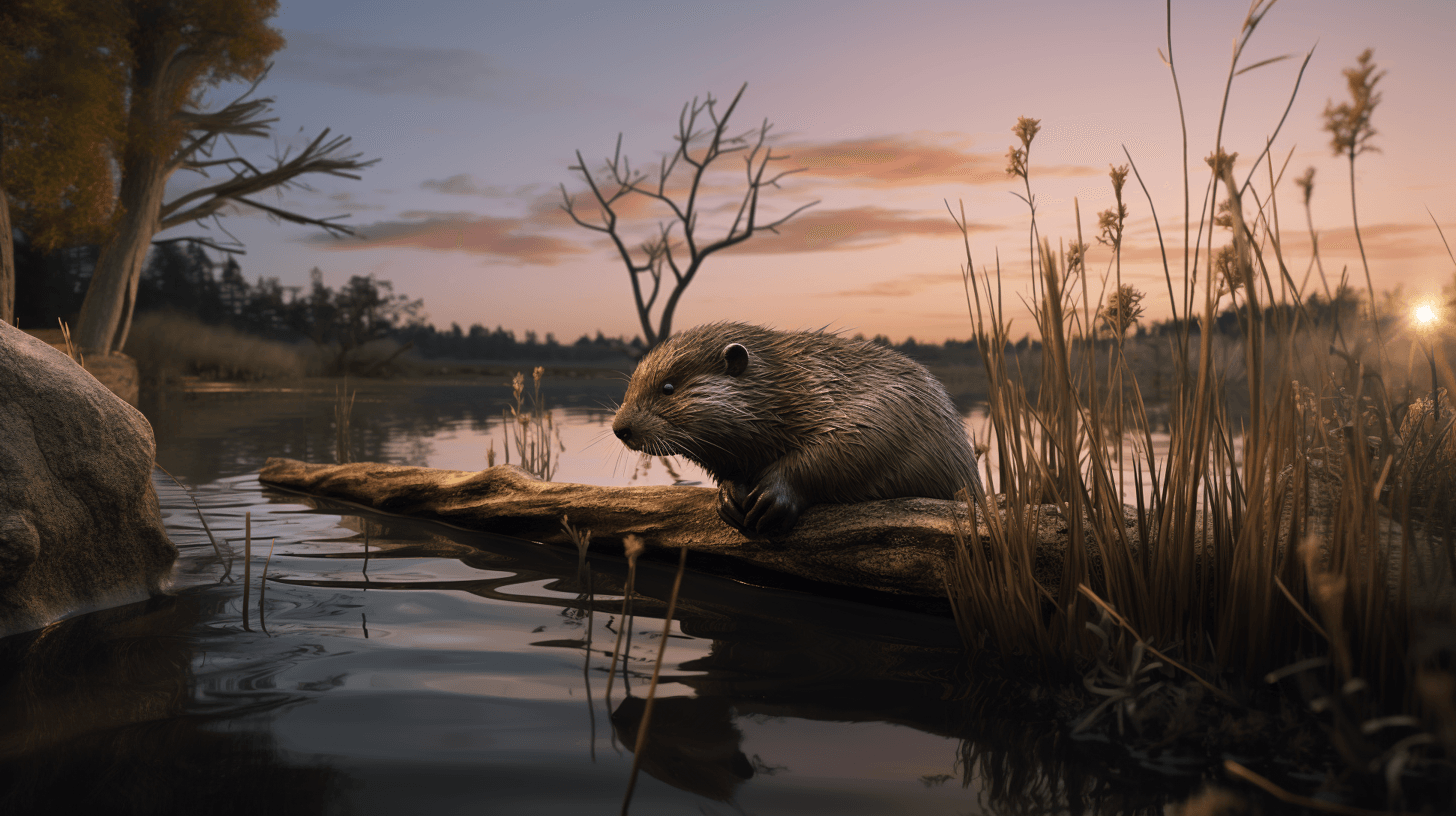The Return of Beavers to the UK: Ecosystem Engineers at Work
For centuries, beavers were absent from the British landscape. Once a common sight, these industrious creatures were hunted to extinction for their fur, meat, and glandular secretions. However, recent reintroduction efforts have brought the beaver back to the UK, and their return is having a profound impact on local ecosystems. In this article, we'll explore how these "ecosystem engineers" are reshaping the environment for the better.
The History of Beavers in the UK
Beavers were once widespread across the UK, but by the 16th century, they had been hunted to extinction. Their absence left a void in the ecosystem, affecting everything from water quality to biodiversity. It wasn't until the early 21st century that conservationists began to seriously consider reintroducing beavers to their former habitats.
The Reintroduction Efforts
The first official reintroduction of beavers in the UK took place in Scotland in 2009, followed by England in 2015. These pilot projects aimed to study the effects of beavers on the environment and to assess the feasibility of a wider reintroduction. The results have been overwhelmingly positive, leading to more extensive reintroduction efforts across the country.
Ecosystem Engineers at Work
Beavers are known as "ecosystem engineers" for a good reason. Their dam-building activities create wetlands, which serve as habitats for a wide range of species, including fish, birds, and amphibians. The dams also slow down the flow of water, reducing erosion and improving water quality by allowing sediment to settle. This natural water management has even been shown to mitigate the effects of flooding.

Biodiversity Boost
The return of beavers has led to an increase in biodiversity. Wetlands are among the most productive ecosystems on Earth, and the habitats created by beaver dams are no exception. These areas have seen a resurgence of plant species, which in turn attract a variety of wildlife. From dragonflies to otters, the ripple effect of the beaver's return is felt throughout the ecosystem.
Challenges and Controversies
While the reintroduction of beavers has been largely successful, it has not been without challenges. Farmers and landowners have raised concerns about the potential for beaver dams to cause localized flooding or damage to agricultural land. However, these issues are generally manageable, and the overall benefits to the ecosystem often outweigh the drawbacks.
Conclusion
The return of beavers to the UK is a shining example of how reintroducing a single species can have far-reaching effects on an entire ecosystem. As "ecosystem engineers," beavers play a crucial role in creating and maintaining wetlands, boosting biodiversity, and improving water quality. While challenges remain, the success of the beaver reintroduction projects offers hope for other conservation efforts and serves as a testament to the resilience of nature.
The beaver's tale is one of loss, revival, and ultimately, hope. It reminds us that with concerted effort and a focus on sustainable practices, we can rectify past mistakes and pave the way for a more balanced and biodiverse future.